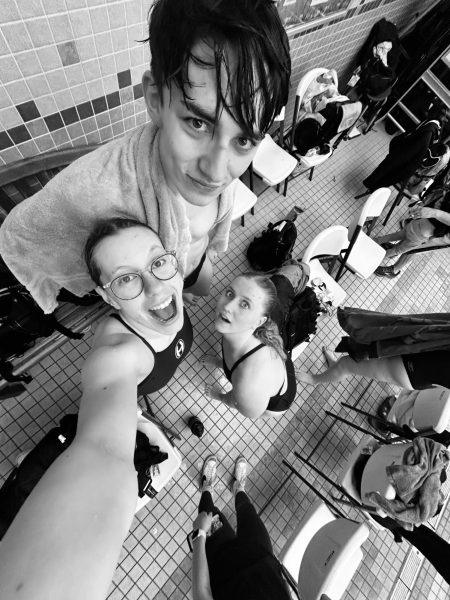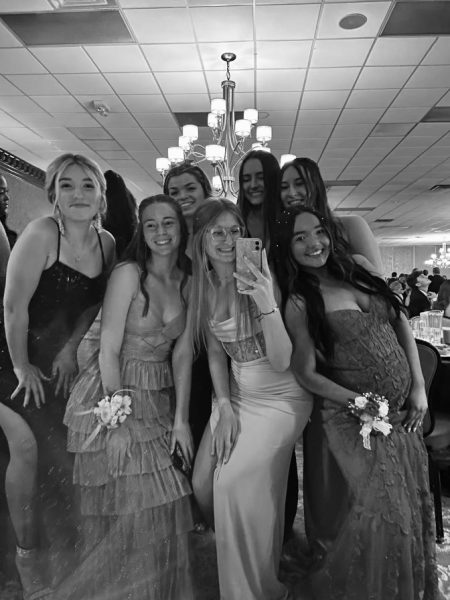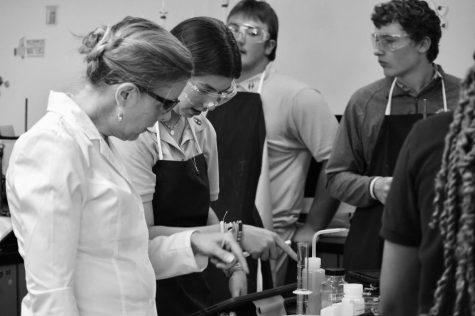False accusations of false accusations
In the past weeks, many people have stepped forward to promote the idea that false accusations of sexual harassment occur regularly. But do they? Or are there too many “maybe they’re lying, maybe they’re not” situations?
Obviously, there have been cases of false reporting in the past. Most notorious was the 2006 Duke Lacrosse Case, in which three Duke Lacrosse players were accused of rape. Their charges were dropped after there were multiple holes in key witness testimony and strong alibis provided for members of the defense.
However, the commonality of cases like the Duke lacrosse case is very low. In fact, according to the National Sexual Violence Resource Center, only 2-10% of sexual harassment cases are falsely reported.
What does that mean, though? What, exactly, is false reporting?
False reporting is any incident in which the facts prove, beyond a reasonable doubt, that sexual harassment did not occur. That being said, many studies will include legally “baseless” accusations in their classification of false reports. That doesn’t mean that they were disproved, but that there was not enough evidence to bring the case to trial.
In short, it doesn’t mean that they’re not true, but that they can’t be proven true.
Many of the arguments used by the defense in sexual harassment cases are simply meant to deem a case “baseless.” Minor inconsistencies in the victim’s statements and delayed reporting are not proof of falsehood; rather, they just limit a report from meeting the legal criteria to go to trial.
More often than not, however, these “baseless” allegations are incorrectly labeled false, and tossed into studies to inflate their numbers. “Maybe” cases are turned into exact answers.
With that in mind, we need to understand what studies we read, and who we’re really accusing of false allegations. Like any other crime, it’s not enough to not have the evidence; there must be proof beyond a reasonable doubt that the sexual harassment didn’t occur.
There must be more than just a maybe.










